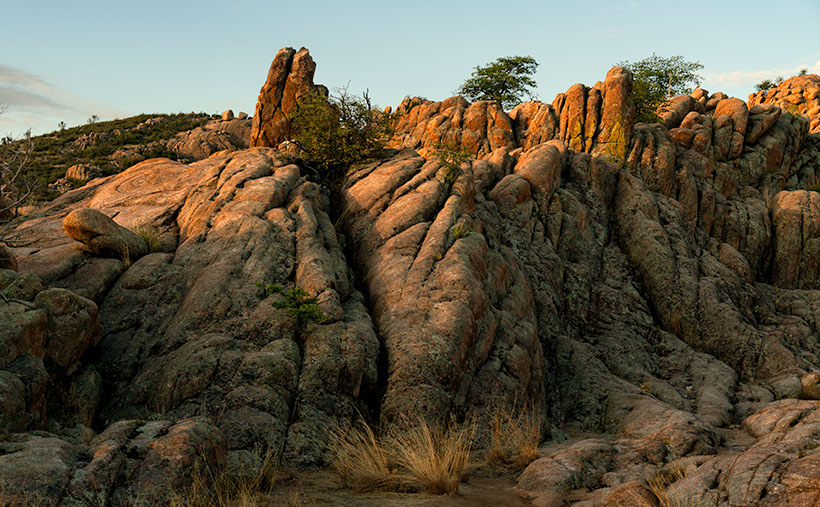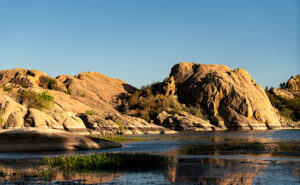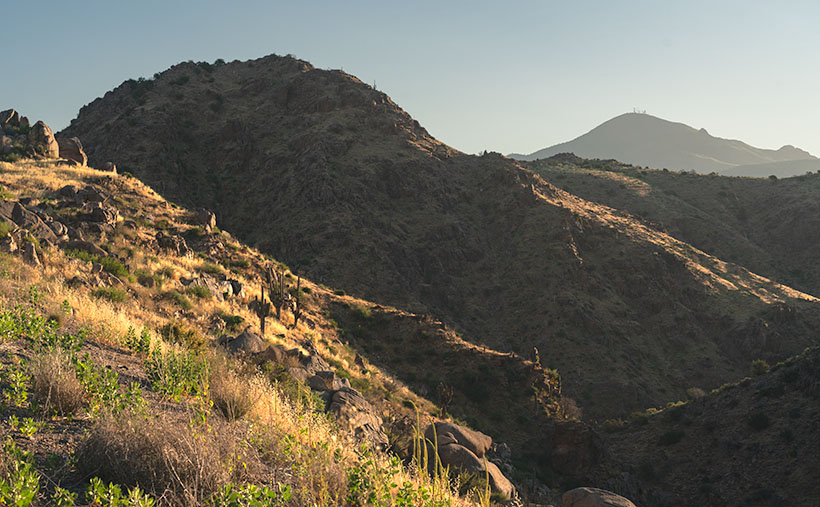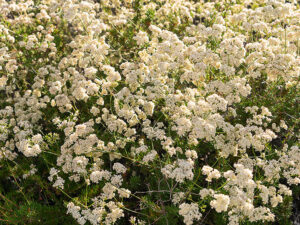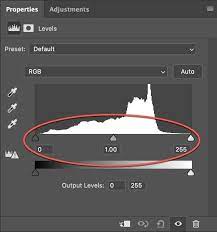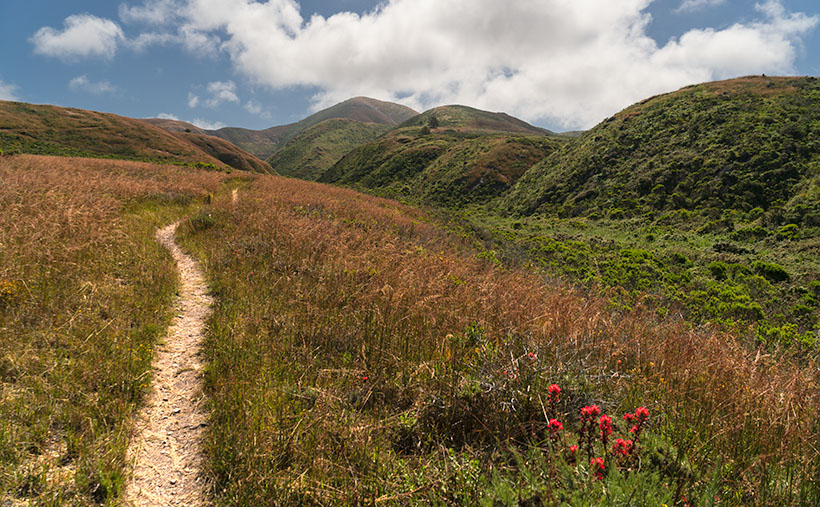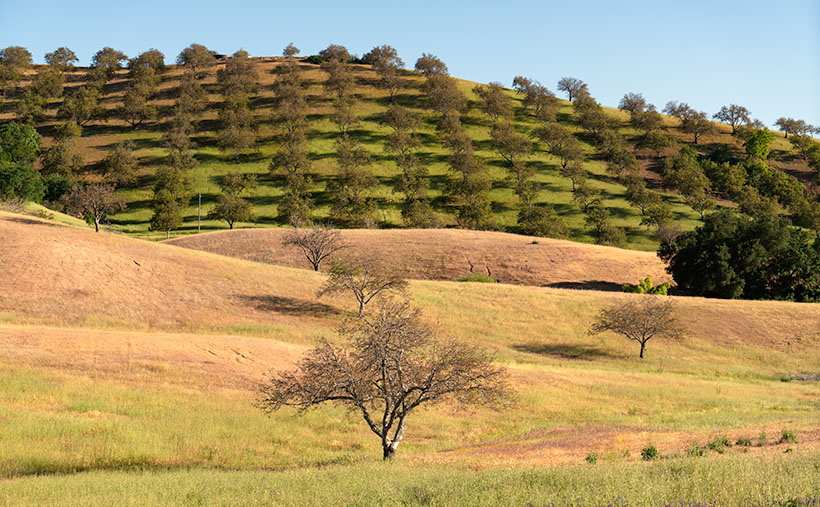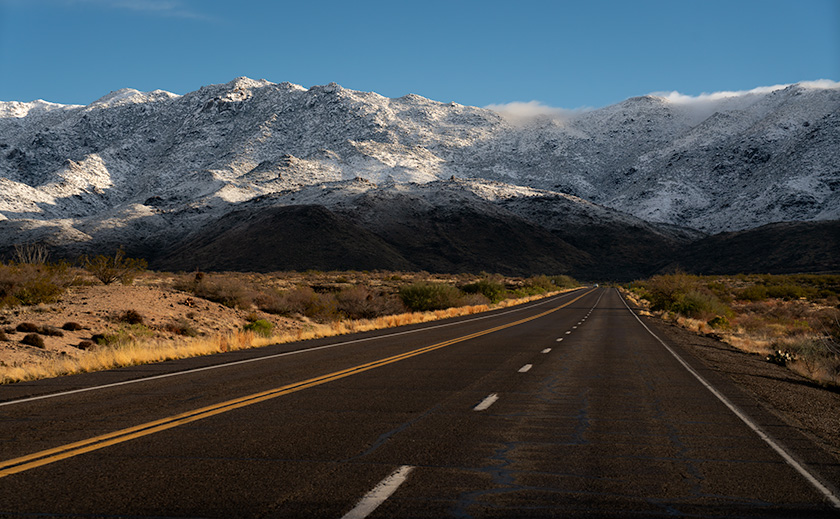
Growing up in Pennsylvania, snow days were the surprise holiday every kid dreamed of. Schools shuttered—not just for our safety, I reckon, but for teachers to catch a break, too. We, oblivious to any danger, greeted the snow with the enthusiasm a child could muster. Clad in mittens, we carved new paths with our sleds, turning the white blanket into our playground. Then, the West Coast called, and I bid farewell to those spontaneous winter celebrations—until the desert showed me it, too, could play host to such marvels.
Fast forward a few decades to last month’s surprise in the desert. Snow days, they returned, albeit cloaked in an Arizona guise. The saguaros, sentinels in their own right, stood frosted—a sight as unexpected as snowflakes in the sunshine. And just like that, the desert transformed into a wintery ballroom, with creatures great and small stepping out for a dance in their frost-touched finery. The desert, it seems, had been harboring its childhood joy, awaiting just the right moment to release it into the wild.
School’s Out For Everyone
The desert flora isn’t just tough; it’s runway-ready, even in the cold. Take the plant in Desert Glow—it might look like a typical weed, but as the sun breaks, it turns into a golden firework. You could say it’s the desert’s way of holding onto the warmth any way it can, glowing defiantly against the nippy morning air.
Imagine, if you will, the desert’s snow day transforming into an arena for the most endearing of animal antics. Jackrabbits accessorize with fluffy earmuffs, while roadrunners trade their famed sprint for graceful glides across the ice. Enter the mule deer, the unexpected champions of snowball mischief. They masterfully dip their noses into the snow, crafting frosty pellets in their nostrils only to launch them at unsuspecting quail. It’s as if the desert whispers its tales of frolic and play under the winter sky. Here, amidst the silence of the snow, the fauna engages in a playful dodgeball match, where snowballs fly, and laughter echoes through the crisp air.
Out here, snow angels are more like snow lizards, and snowball fights are postponed due to lack of thumbs. But the quails seem delighted by the extra fluff on the ground and the coyotes? Let’s say they’ve never seen their shadow quite like this before.
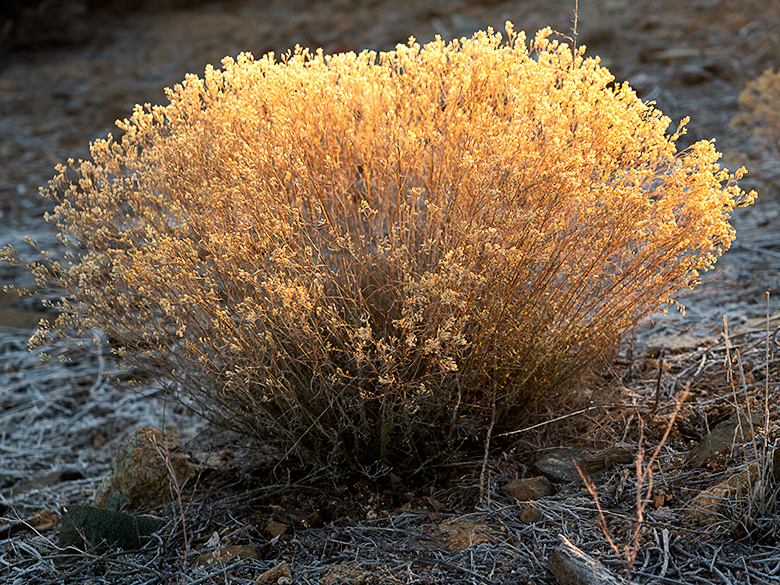
The Photos
The quest to capture nature’s impromptu art show was not without its slapstick moments—convincing a cactus wren it wasn’t auditioning for March of the Penguins or mistaking a cholla’s frosty disguise for a benign bush, a prickly mistake I won’t soon forget. Yet amidst these playful blunders, a simple desert shrub, caught in the soft glow of dawn, stole the show, its silhouette aglow with a warmth that only the morning sun could paint.
However, the lead in this week’s wintry saga is Arizona 89, our gateway to the high country. This asphalt ribbon, featured in Winter’s Veil, guides us from the snow’s gentle beginnings at the Weaver’s base, ascending to a crescendo of white in Prescott, where the snow day is not a mere memory but a living joy for children who, much like I once did, greet the snow with hearts wide open and sleds at the ready.
As the sun sets on our desert snow day, we’re reminded that life can sparkle, even with a chill in the air. And just like the desert after a rare snowfall, we come out on the other side, a little bit stronger and much more enjoyable. For a closer look at the day’s enchantment, I’ve posted larger versions of this week’s images on my website and Fine Art America. Feel the crisp air and witness the silent dance of winter in the desert by clicking [here for my website] and [here for FAA].
I’d love to hear about your most unexpected nature encounters! Please share your stories in the comments below, and let’s swap tales of when the weather went wild. Did you snap any cool critter pics? Let’s see them!
Until our next frosty surprise, keep your gloves close and your camera closer, but don’t put your tongue on the frozen glass.
jw
March Survey
Don’t forget to take a minute to fill out our March survey. Your feedback is as rare and valuable as snow in the Sonoran, and it helps us keep our content as fresh as a winter bloom. You’re all set if you filled it out last week—thank you! If not, here’s another chance to help shape our newsletter. Find the survey [here] or at the top of this email.
[formidable id=”4″]

